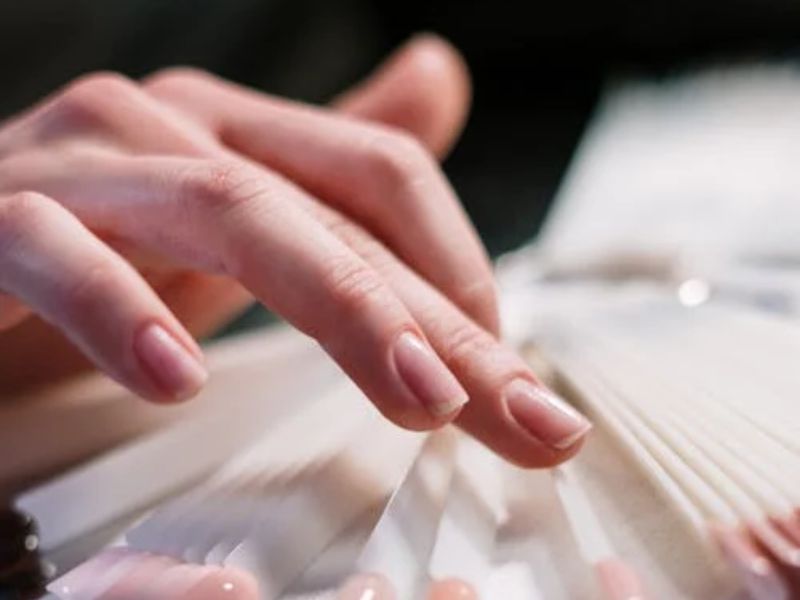There’s one more thing you need to consider when aging, and it involves your nails. According to experts, a person’s nails will change with age by the time they’re 40. When considering aging, most people think of loose skin, brittle hair, and fragile bones.
Over time, your nails may have changed in texture, thickness, strength, or even growth rate. It’s not impossible to manage these side effects of aging. Here are tips on navigating the changes in our nails as we age.

Image Credit: Pexels/cottonbro studio
Nail Texture And Thickness
- Onychorrhexis, or ridges under nails, tends to develop with age.
- Nails become more brittle and dry as we age due to decreased natural proteins in the body.
Nail Growth Rate And Yellowing
- Slower growth is most likely to cause yellowing.
- Nails can become more exposed to environmental influences as our growth rates slow, and these exposures impact their color, appearance, and strength.
- Long-term polish wear and fungal infections are two of the most common causes.

Image Credit: Pexels/T Leish
Other Nail Changes
- When the cuticles separate and lift, organisms and water can enter the nail unit through openings in the cuticles.
- One of the most common age-related nail changes is onycholysis, where the nail lifts off the underlying nail bed.
How To Deal With Aging Nails
- Maintain hydrated and well-kept cuticles with a routine.
- Ensure they are hydrated daily with ointments and oils after showering or bathing.
- Whenever you remove nail polish, look for a product with hydrating, acetone-free formulas, as acetone dehydrates and weakens the nail.
- Old nail clippers can split and snag, so be sure to replace them.
- Water hitting your nails is an essential factor to consider.